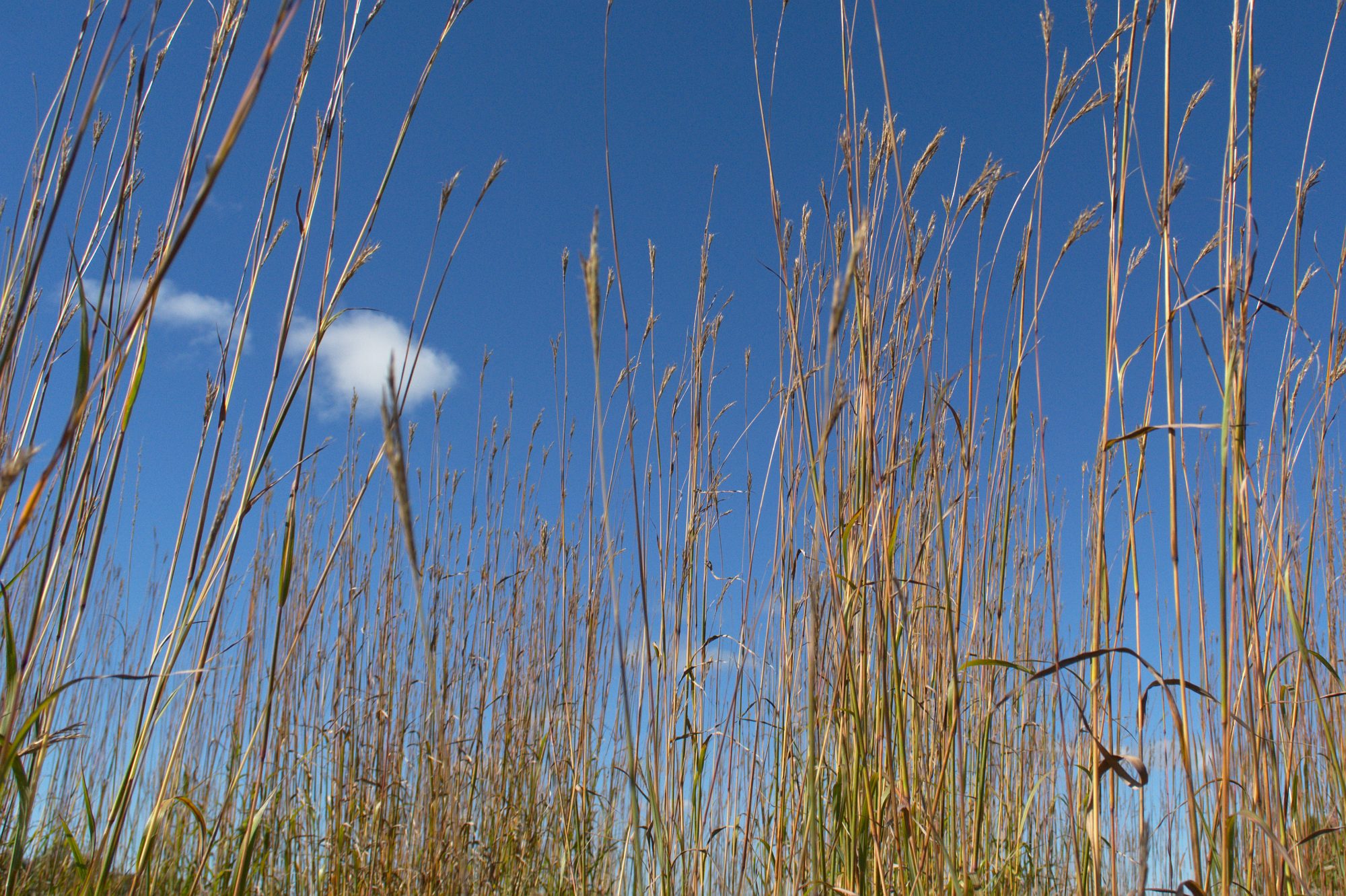Mark Stabb
Nature Conservancy of Canada
Program Director, Central Ontario – East
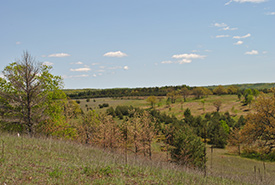
Nature Conservancy of Canada (NCC) staff like to say that science drives our conservation work. This is true, but sometimes while following the science, we stumble into something unexpected and truly amazing.
Let me explain.
Back about 20 years ago, NCC staff completed a scientific assessment of tall grass ecosystems in the rolling, sandy hills of Northumberland County, Ontario, a landscape known as the Rice Lake Plains. They tracked down, mapped and assessed black oak woodlands, oak savannas and tall grass prairie remnants, seeking out their shared lineage of indicator plant species, such as big bluestem, New Jersey tea and butterfly milkweed. These rare and endangered habitats are more commonly associated with Canada’s prairie region, particularly Manitoba. This initial mapping gave us the blueprint to assemble what is now a more than 2,000-acre (810-hectare) network of NCC-protected nature reserves in Canada’s easternmost tall grass landscape. We have been actively managing and restoring these habitats ever since.
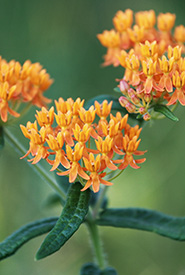
Around 2010, NCC received funding to seek out another rarity — the eastern hognose snake. We put up “WANTED” posters, stuffed postcards in rural mailboxes and hired a really great local person to reach out to landowners. The idea was to raise awareness about this harmless snake and to get people to report any sightings to us. And it worked! Dots on our eastern hognose snake sightings maps began to spread.
One hotbed of observations was around the edge of a large, vacant property in Hamilton Township, high and dry on the top of the Oak Ridges Moraine. It turns out we’d found high quality tall grass remnants on that 292-acre (118-hectare) property in the earlier study. We began to investigate the property ownership with an eye to a possible conservation project. But before we could take action, the property popped up on a local real estate listing. It was going to be sold for potential development.
Fortunately, we moved quickly, and the landowner accepted NCC’s offer to purchase the property! Then the fundraising began.
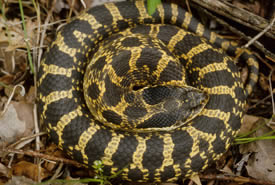
NCC has close contact with the local naturalist and conservation community in the area, through a long-established collaboration called the Rice Lake Plains Partnership (formerly the Rice Lake Plains Joint Initiative). We let our partners know about this latest project, and when we mentioned it to the Cobourg-based Willow Beach Field Naturalists, their eyes lit up. “That’s where Hazel Bird used to take us!”
Hazel Bird was an ardent naturalist, outdoor educator and conservationist. She was committed to the recovery of the eastern bluebird, which was on the endangered species list at the time, and helped the species out by establishing a “bluebird trail.” She installed a network of more than 400 bluebird nest boxes in suitable grassland habitat across the countryside and worked with willing landowners to maintain and monitor these boxes for almost 40 years. The thing was, Hazel (a single mother of seven children at the time) did not have a car. She managed this herculean task with the help of volunteer drivers from the club and elsewhere. I may be overstating things a bit, but I bet almost anyone with a car in that club made the rounds with Hazel over the years — and the Hamilton Township property was one of their favourite spots to visit. Hazel also led club hikes to the property and guided visiting biologists to this site and others.
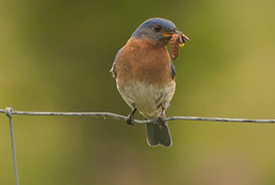
Hazel Bird was a true citizen scientist, long before the term ever existed. With the help of her volunteers, Hazel diligently maintained and monitored the boxes and kept meticulous notes of her findings. She also managed parasites, competitors and nest predators. For example, she installed her own medieval-looking version of a predator guard below the nest boxes to ward off certain snakes and marauding mammals.
In 1996, the eastern bluebird was taken off the endangered species list after populations grew to sustainable levels, and Hazel Bird retired her bluebird trail.
NCC raised the necessary funds and successfully purchased the property in 2011. Among the many donors to the project were members of the Willow Beach Field Naturalists and some of Hazel's close friends and colleagues. It was a natural choice to name it after Hazel Bird — the person who knew it so well and shared it with so many people, and whose efforts continue to inspire. We had our grand opening in 2012 and were very pleased to welcome a large contingent of Hazel’s family out to the event. This included Hazel’s great-grandchildren, who got to hike with their parents along the trails that Hazel had walked so many times before.
In 2018, NCC proudly announced that the Hazel Bird Nature Reserve was to be designated as one of NCC’s Nature Destinations — special natural places where we invite and welcome people to come and visit. And we kicked it off with our inaugural Hazel Bird Day. Scheduled on World Migratory Bird Day, it is a day to celebrate migratory bird conservation, Conservation Volunteers and all the people who make NCC’s work possible. And this year’s event is coming up fast!
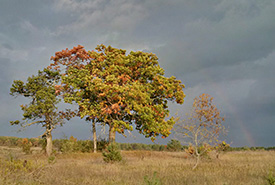
Hazel Bird passed away in 2009, but her legacy of grassland bird conservation, citizen science and conservation volunteerism lives on at the Hazel Bird Nature Reserve. Why not follow in her footsteps and come for a visit yourself sometime? Just make sure to ask a friend for a lift!
Please join us at the family-friendly Hazel Bird Day for hikes, talks, lunch and comradery on Saturday, May 11, 2019, at the Hazel Bird Nature Reserve, 20 minutes north of Cobourg. Find out more and RSVP online: natureconservancy.ca/hazelbirdday.
NCC’s work on the Hazel Bird Nature Reserve is generously supported by the Ontario Trillium Foundation and the TD Friends of the Environment Foundation. Earlier research and restoration projects were supported by the Oak Ridges Moraine Foundation, Ontario’s Species at Risk Stewardship Fund, Canada’s Habitat Stewardship Program for Species at Risk and many private donors.

